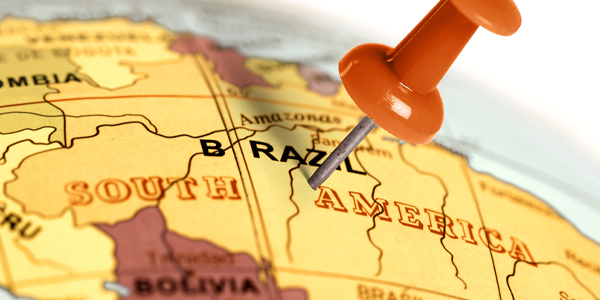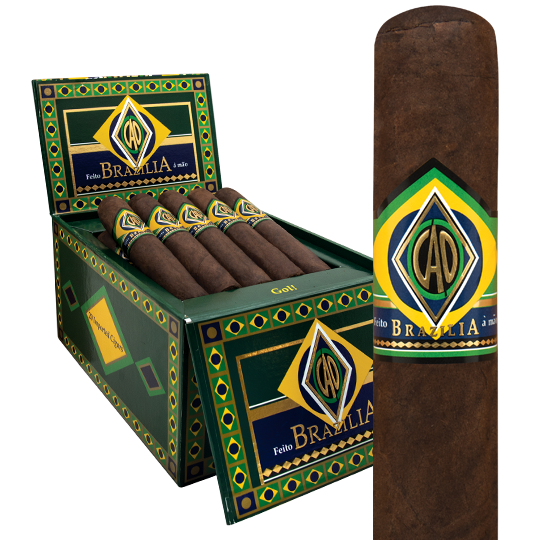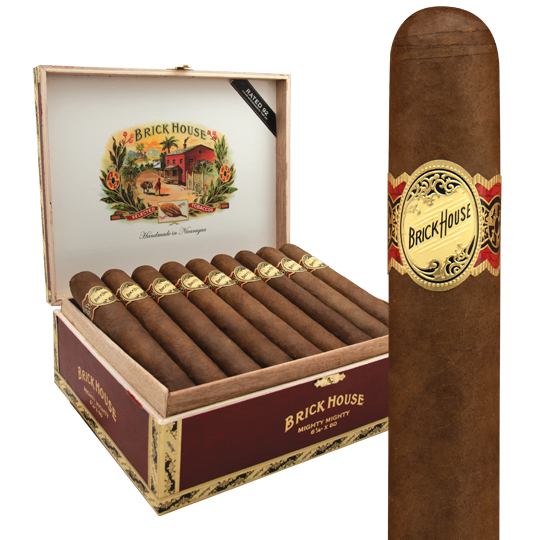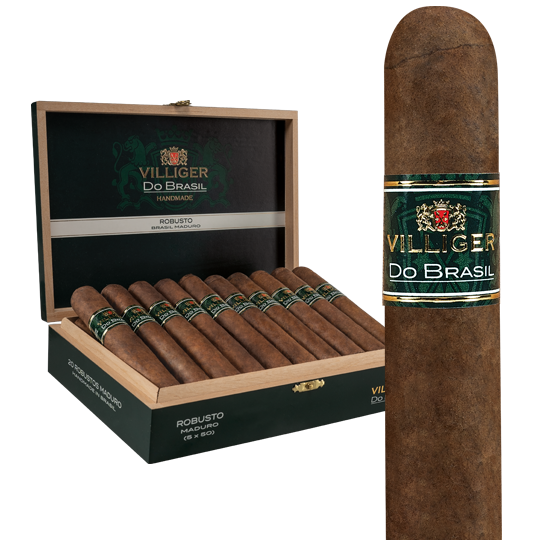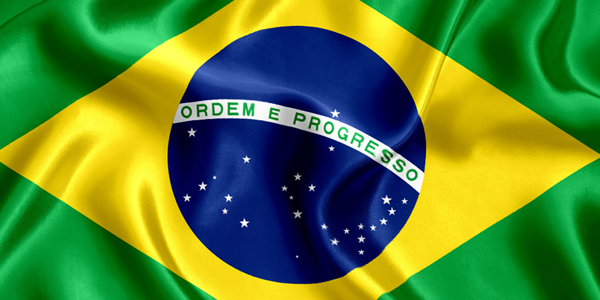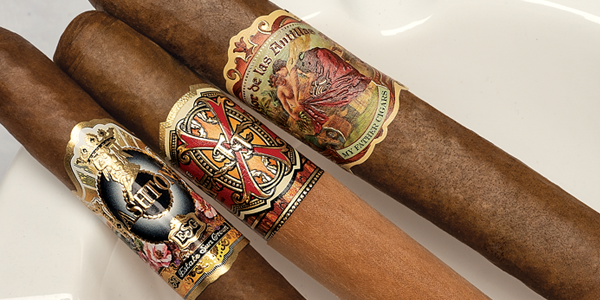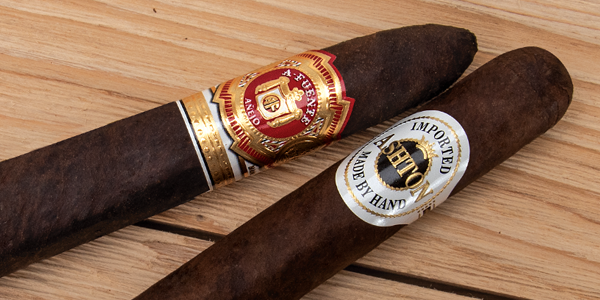Araparica Tobacco
Ever since the Castro revolution in Cuba, cigar-makers and tobacco growers have been looking for new lands on which to grow the prized leaf. Among the places initially found by Cuban expatriates were Nicaragua, the Dominican Republic, and Honduras. As plantations became developed there, growers looked for other opportunities and for other sources of cigar tobacco. Part of the motivation was to reduce the cost of growing, but the opportunity for something new held its own allure. That’s why, today, we have excellent Ecuador tobacco in so many cigars. Among the latest popular countries of origin, though hardly new, is Brazil. In particular, Brazilian Arapiraca wrapper.
What is Arapiraca Tobacco?
Arapiraca is a dark and oily tobacco grown in Brazil, mostly used for cigar wrapper. Brazil mainly produces three types of tobacco for filler. Two others are grown primarily for wrapper leaf, and Arapiraca tobacco is one; it’s a strain grown around the town of Arapiraca in the Brazilian state of Alagoas, on the Atlantic Coast in the northeastern part of the large nation. (Some is now grown in Ecuador.) Arapiraca itself is inland and boasts very fertile soil that, since the mid-19th century grew grains, with cassava being its flagship product. Tobacco was planted there beginning at the end of the 19th century. It took about 50 years to establish a sustainable tobacco-growing culture. Today, the town of Arapiraca is known as “The Brazilian Tobacco Capital.”
Brazilian Arapiraca’s Early Days
Among the first to use Brazilian tobaccos, including Arapiraca, were those Cuban exiles. Brazilian Arapiraca and other Brazilian fillers were used extensively in cigars made in the early 1960s in the Canary Islands. Brazilian and Dominican tobaccos were combined to make the flavorful blend preferred by the newly relocated Cuban cigar masters.
Brazilian Arapiraca Wrapper
While some of the Arapiraca tobacco is used as long filler, the real prize is Brazilian Arapiraca wrapper leaf. Many Arapiraca wrappers covered those early cigars made by the Cuban expats. Today, Arapiraca is being used almost exclusively as wrapper. It’s a sun-grown leaf that goes from dark brown to very, very dark in some cases, looking like a very dark maduro. Interestingly, the dark leaf produces a striking white ash.
Cigars Using Brazilian Arapiraca Tobacco
Among the first cigar makers to openly market Brazilian tobacco in their cigars was CAO. The CAO Brazilia is made in Honduras but carries an incredibly dark Brazilian Arapiraca wrapper around a blend of Nicaraguan fillers. The Samba, a Torpedo at 6.25-by-54, about $8.50, is a good size to try and appreciate the medium-bodied blend of spice and earthiness delivered by this cigar. You’ll also find some sweetness and notes of licorice and leather.
The Nicaraguan Brick House Toro Maduro, 6-by-52, about $7, is a very affordable dark and toothy Brazilian Arapiraca-wrapped cigar. Medium in body, it shows off notes of mesquite, cedar, hickory, leather and pepper.
Villiger is a company that has long worked with Brazilian tobaccos. Among the newer offerings is the Villiger Do Brasil Maduro Toro, 6-by-50, box of 20 about $109. It’s a rare Brazilian puro that is medium-full in strength. There are strong tastes of graham cracker, coffee with toasty notes of earth and mesquite. There’s a nice smokiness in this intense cigar.
For more, check out our list of the top Brazilian cigars.

